In late November, Ben Lecomte abandoned his attempt to swim across the Pacific Ocean. The 51-year-old Frenchman began his swim in June and covered 2,700 kilometres of the 9,100 km journey, in an effort to raise awareness about plastic accumulating in the world’s oceans. Lecomte swam through an area known as the “Great Pacific Garbage […] Read more
Tag Archives The Innovation Issue
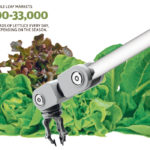
Robot-raised lettuce
COALDALE, Alta. — At first, people thought the massive greenhouse being built east of this southern Alberta town was destined for marijuana production. The timing seemed right, 18 months ago, when talk was rampant about cannabis legalization. Today, an estimated one million plants flourish under 5.5 acres of glass. They are lettuce plants — leafy, […] Read more
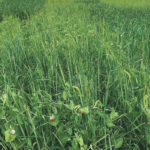
Intercropping research explores benefits, downsides
More and more prairie producers are showing an interest in intercropping, the practice of growing two or more crops together in the same field. What crops grow well together and under which circumstances are still being determined by a growing number of research projects across the Prairies. In 2015, Saskatchewan Agriculture planted a pea-cereal intercrop […] Read more
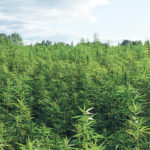
The hazards of harvesting hemp
THC
Legalization of cannabis for recreational use has made way for a cannabidiol (CBD) industry to take root in Canada. There is currently more demand for this cannabis extract than supply, which means it could be lucrative for at least a few growing seasons before supply catches up. The problem is that little is known about […] Read more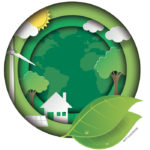
Small efforts can make a big impact on public opinion
Canadian agriculture can do little to combat greenhouse gases on worldwide scale, but it can take some steps
Canada’s agriculture industry cannot save the planet. About 8.5 to 10 percent of Canada’s greenhouse gas emissions come from farming, depending on the method of counting, and agriculture produces 60 million tonnes in carbon dioxide equivalents, based on federal government data. In comparison, China produces about nine billion tonnes annually. If Canadian farmers reduced their […] Read more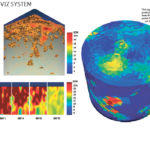
Bin monitoring system detects everything from heat to humans
The new GrainViz technology is so sensitive, it can identify and trigger alarms when it detects anything from the smallest bug to a trapped human in a grain bin. The latest version of GrainViz technology was unveiled in Winnipeg Dec. 12. At the same news conference, GrainViz co-founder and vice-president Boyd Koldingnes announced that his […] Read more
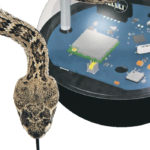
Stay on the ball when storing grain
Not everyone stores grain securely in big well-engineered bins. In many parts of the world, including North America, grain gets piled on the ground, sometimes with retaining rings. And sometimes there’s not even a steel or concrete retaining ring, says GrainViz entrepreneur Boyd Koldingnes. When he and the marketing team were in California recently to […] Read more
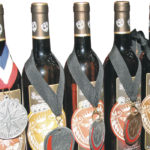
Honey wine sweet on future prospects
MILLARVILLE, Alta. — With names like Saskwatch, YeeHaw, Bastard, Redneck and Bonfire, the folks at Spirit Hills Winery like to infuse a little Alberta culture into every bottle of wine they make. Owned by Hugo Bonjean and Ilse de Wit of Millarville, located in the southern Alberta foothills, the wine is found in 200 Alberta […] Read more

There’s a better way to predict the weather
Your farmyard weather station is good at predicting weather you’ve already experienced. It predicts history. And your rain gauge is only accurate within a radius of about eight inches. These encouraging words come from Daryl Ritchison, chief meteorologist at the North Dakota Agricultural Weather Network called NDAWN. He says your weather station and rain gauge […] Read more
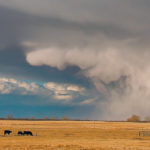
Climatologist explains the fickle nature of thunderstorms
Why do fierce thunderstorms sometimes leave very little moisture on the ground? It’s a riddle that’s puzzled humankind for thousands of years. University of Missouri climatologist Neil Fox wanted to solve the riddle. To get at those answers, he turned to a relatively new research tool called dual-polarization radar. Farmers beyond a 30-mile radius (48 […] Read more




